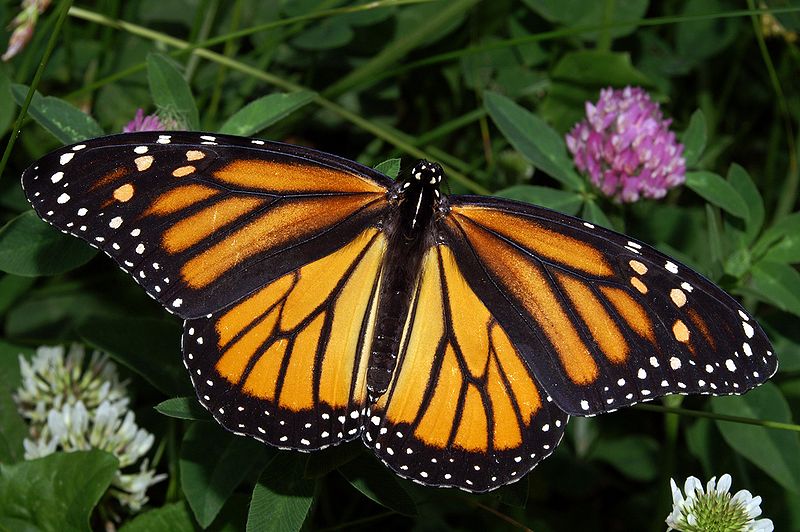Science News
Monarch Numbers Up

The monarch butterflies that travel hundreds, or even thousands, of miles to winter in the Mexican state of Michoacan saw their numbers increase this year, according to the World Wildlife Fund (WWF) branch in Mexico.
Last year, due to harsh winter storms, their population was devastated, but this year their population doubled, which is very good news for these amazing migrating insects who face many threats.
Science in Action produced a story about these travelers almost two years ago—how they are able to navigate their journey and one of the threats they face in the Monarch Butterfly Biosphere Reserve, their winter home.
Scientific American documents another threat that may be resolved:
Illegal loggers have picked away roughly 3 percent of a 138,000 acre reserve since it was created in 2000 but officials say they now have that illicit harvest under control.
However, New Scientist explains how the news isn’t all good—this year’s population is still the fourth lowest in almost 20 years of record-keeping and despite the improvements to their winter home,
…climate change and farming in the US could deplete the food the butterflies rely on en route.
More on monarch butterflies…
The WWF included this interesting fact on these eastern monarchs:
Each adult butterfly lives only about four to five weeks. But one of the many wonders of the Monarchs is the creation of a unique “Methuselah generation.” During the summer, the Monarchs give birth to a very special generation. Unlike their parents, grandparents, great-grandparents and great-great-grandparents, these newborn butterflies will survive seven or eight months. This generation performs the astounding feat of flying from Canada and the United States to Mexico.
Monarchs west of the continental divide spend their winters at over 200 sites on the California coast from north of San Francisco to the Mexican border. Threats to these habitats include land development and aging forests.
Image by Kenneth Dwain Harrelson/Wikimedia